Researchers examine factors affecting device usage

When Nancy M. Albert, PhD, CCNS, CHFN, CCRN, NE-BC, FAHA, FCCM, FAAN, and colleagues reviewed literature on telemonitoring use in adults with chronic heart failure, they were surprised by the results. Reports on randomized, controlled, multicenter studies indicated that telemonitoring did not improve clinical outcomes.
Advertisement
Cleveland Clinic is a non-profit academic medical center. Advertising on our site helps support our mission. We do not endorse non-Cleveland Clinic products or services. Policy
“Heart failure is a chronic, complex condition, and telemonitoring can help simplify communications with patients,” says Dr. Albert, ACNO of Nursing Research and Innovation at Cleveland Clinic. “So my research collaborators and I were intrigued when telemonitoring research did not lead to improved clinical outcomes, for example, improved hospitalization, quality of life or survival.” Albert and nine other researchers from Denmark, the University of California at Berkeley and University of California, Davis Medical Center decided to explore factors associated with telemonitoring use among patients with mild to severe heart failure.
Before initiating the study, researchers spent three days hypothesizing and discussing factors that were thought to be associated with telemonitoring use. The list was far-reaching, from age and education level of the patient to history of using devices such as smart phones. Albert and her colleagues grouped factors into four categories for study purposes – patient characteristics, global health factors, heart failure factors and device factors.
The international study used a cross-sectional design with convenience sampling and questionnaire methods. Three sites were used to increase the generalizability of the findings – Cleveland Clinic, UC Davis Medical Center and Vendsyssel Hospital in Denmark.
Prior to completing a questionnaire, all 206 participants watched a six-minute video that explained three remote telemonitoring device solutions. These included a tabletop tablet, a smartphone and a key fob. The video described the ease of use, features and potential telemonitoring capabilities of all three devices. Immediately following the video, participants completed a 27-item device questionnaire and 74-item multiple themes questionnaire.
Advertisement
Dr. Albert shared some of the most noteworthy findings within three of the four factor groupings:
Advertisement
Complete results of the study were published as an EPub ahead of print in February in the Journal of Telemedicine and Telecare.
Examining the factors that affect telemonitoring use in patients with heart failure is an important step in ultimately using the technology to effectively care for patients. “Population health is important, and down the road people are going to want to take care of themselves from their home,” says Dr. Albert. “In the future, interactions [with healthcare professionals] will happen remotely, whether by telephone, Skype or some other mode of communication. We need to learn how to make telemonitoring beneficial so it can match the needs of our patients.”
Advertisement
Advertisement
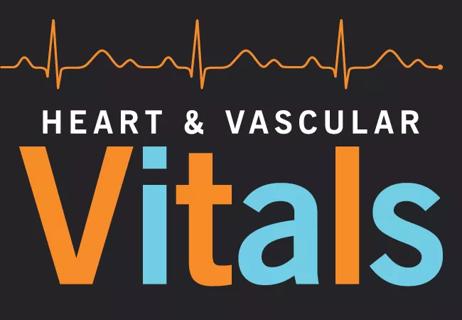
A sampling of outcome and volume data from our Heart & Vascular Institute

Concomitant AF ablation and LAA occlusion strongly endorsed during elective heart surgery

Large retrospective study supports its addition to BAV repair toolbox at expert centers

Young age, solid tumor, high uptake on PET and KRAS mutation signal risk, suggest need for lobectomy
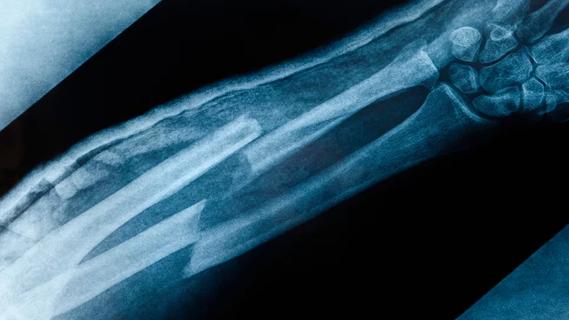
Surprise findings argue for caution about testosterone use in men at risk for fracture
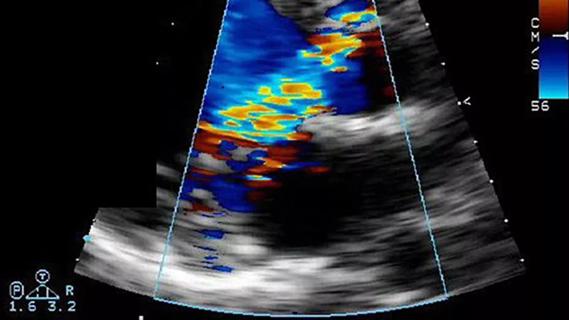
Residual AR related to severe preoperative AR increases risk of progression, need for reoperation
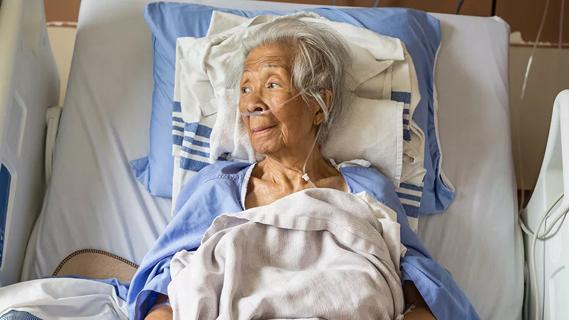
Findings support emphasis on markers of frailty related to, but not dependent on, age
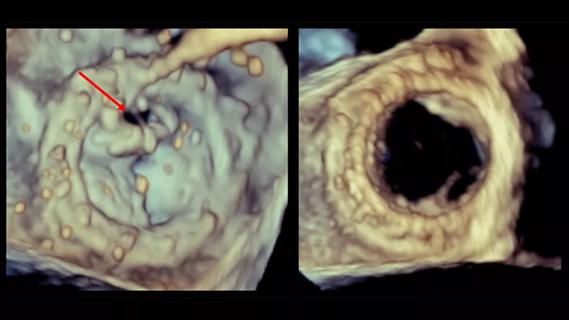
Provides option for patients previously deemed anatomically unsuitable